TOURNAMENTS
a chance to prove the world what you're made of
GENERAL INFO
There are two types of events held at tournaments in Ontario. These are kyorugi (sparring) and poomsae (patterns). Each are judged differently, and participants may sign up for both events. Signing up is handled by the Taekwondo school which hosts the tournament. These events are overseen by a team of referees at the rings where they take place.
KYORUGI EVENTS
Kyorugi events consist of two to three rounds of contact sparring. Competitors will be divided by belt and age, and usually by weight/height divisions. Each competitor must have a coach with them. If you don’t have a coach, tell the referee so they can delay your match! The competitor with the highest amount of points, as determined by corner referees’ judging, will be declared the victor.
POOMSAE EVENTS
Poomsae events consist of at least a single round. Competitors are sorted into groups by belt and age and perform their poomsae before a panel of three referees. There is a points-based scoring system, though some tournaments may proceed with a win/loss decision. Competitors are judged on the accuracy of their techniques and general finesse with their required poomsase.
HOW DO I SIGN UP?
To sign up for tournaments in Ontario, you need an Ontario Taekwondo Association (OTA) membership. This costs about $35. The membership lasts from September 1st through August 31st, and allows you to register for any tournament you choose to compete in. Also, it enables registration for events such as referee seminars and training camps hosted through the OTA. The registration link has been provided below!
Tournaments themselves also have an associated cost. Colour belts tend to pay around $75, while black belt fees tend to be around $90. These fees are for the Recreational Division, and fees for High Performance tournaments may differ. The majority of tournaments allow Recreational competitors to register in both kyorugi and poomsae divisions under the same fee. Spectators generally can enter with a $10 pass purchased at the door, cash only. It is best to register for tournaments at least a week in advance! Since the OTA processes payments online, you will need to give it sufficient time to process. If you pay closer to the tournament day, make sure to keep track of your receipts so you can prove you’ve paid to register.
WHAT SHOULD I BRING?
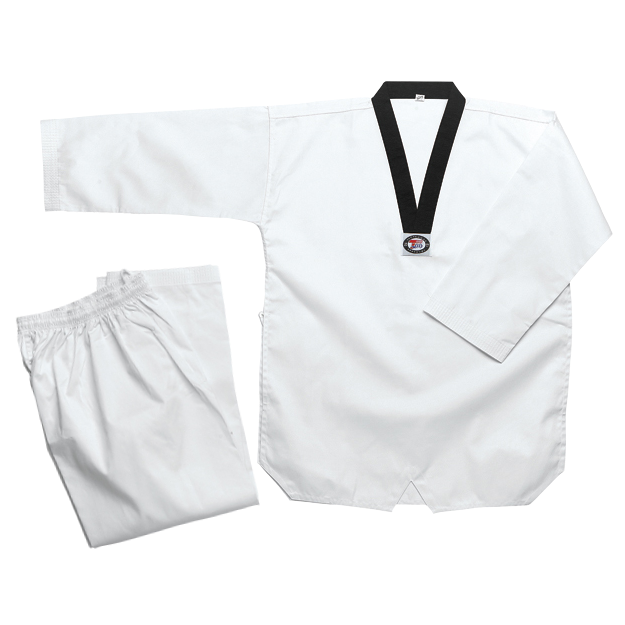
UNIFORM
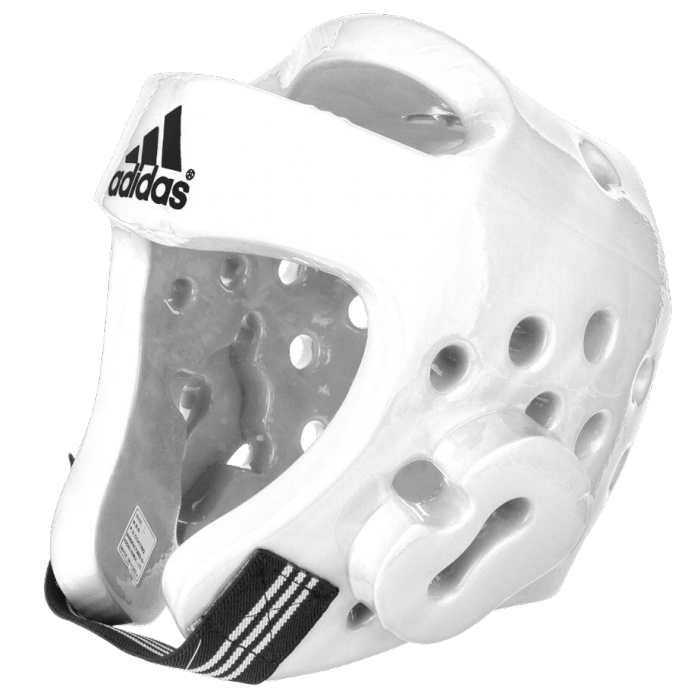
HELMET
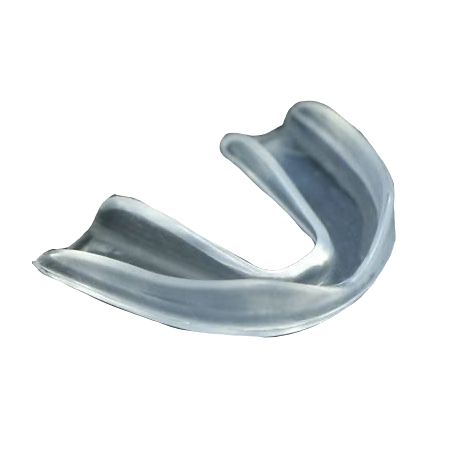
MOUTH GUARD
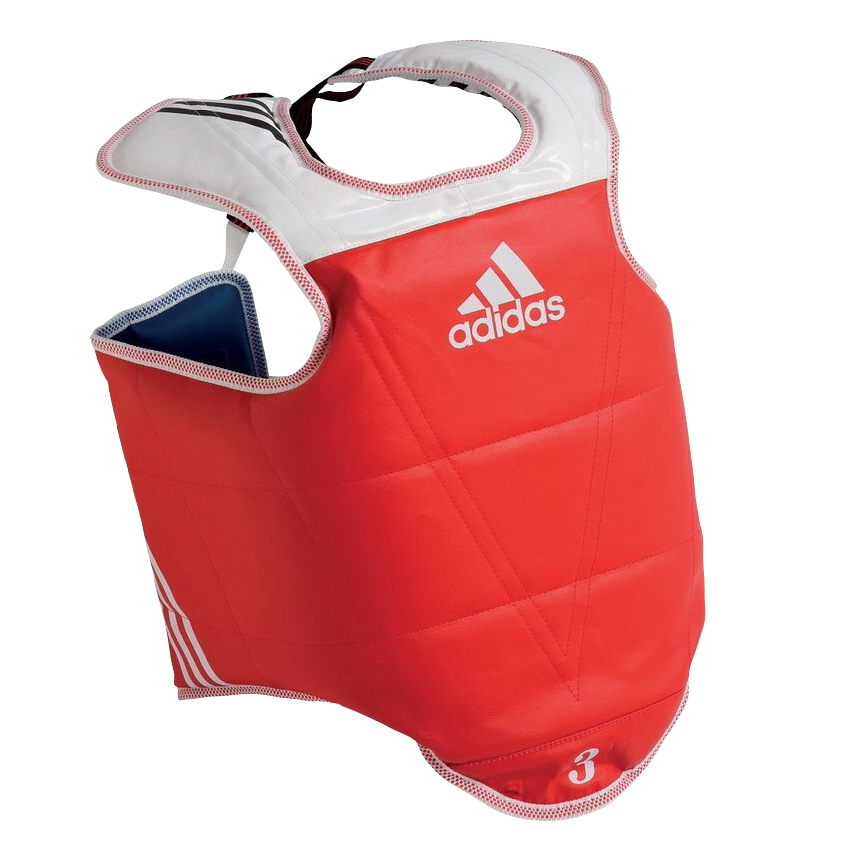
CHEST GUARD
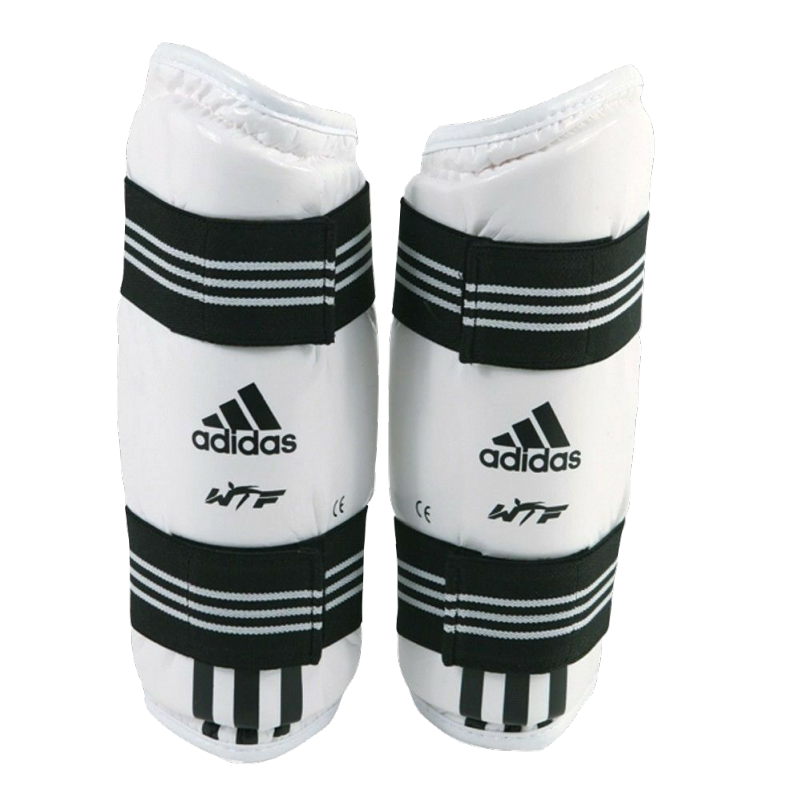
ARM GUARDS
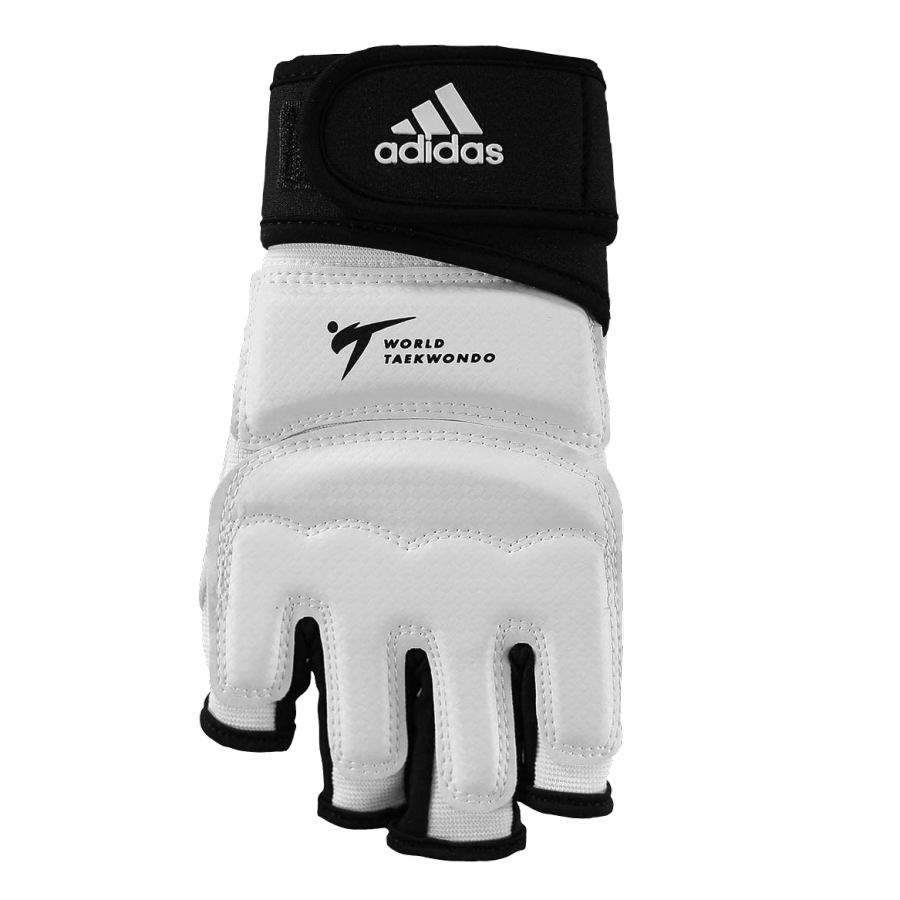
GLOVES
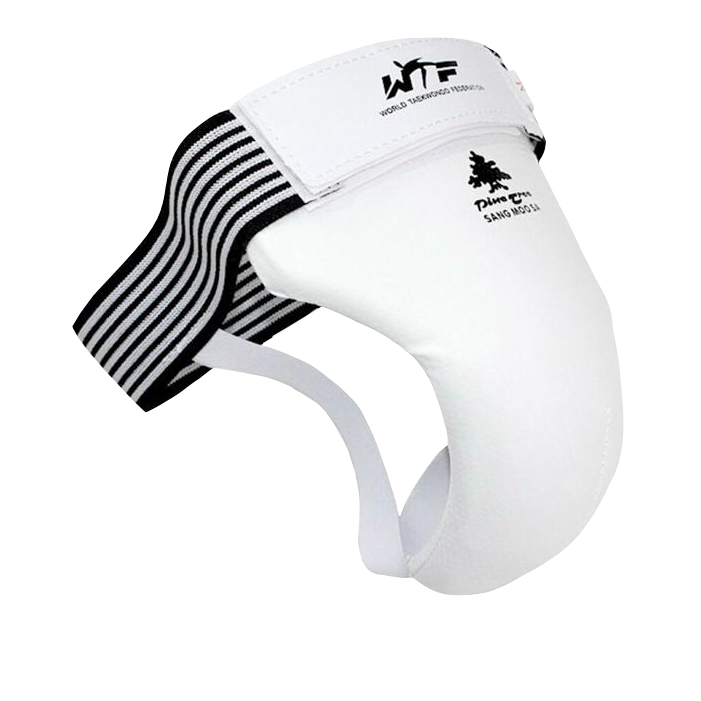
GROIN PROTECTOR
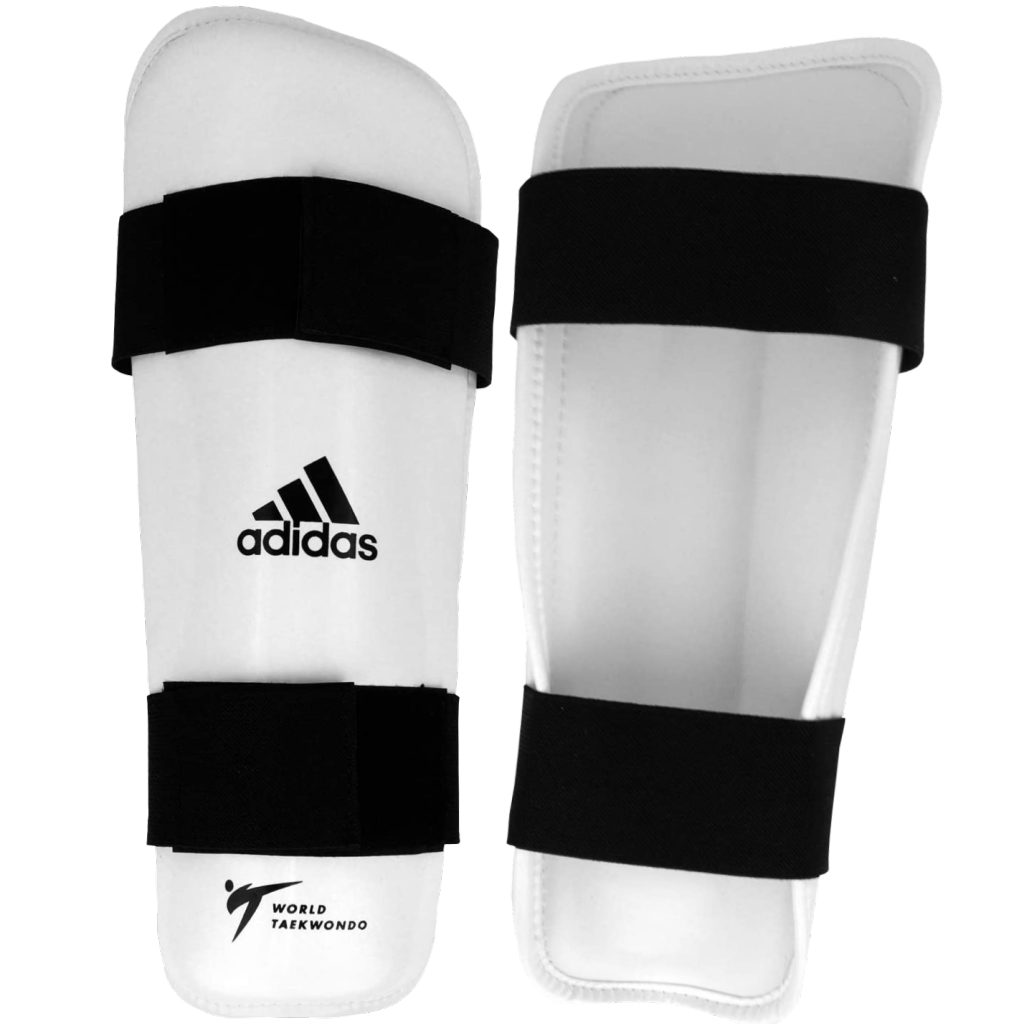
SHIN GUARDS
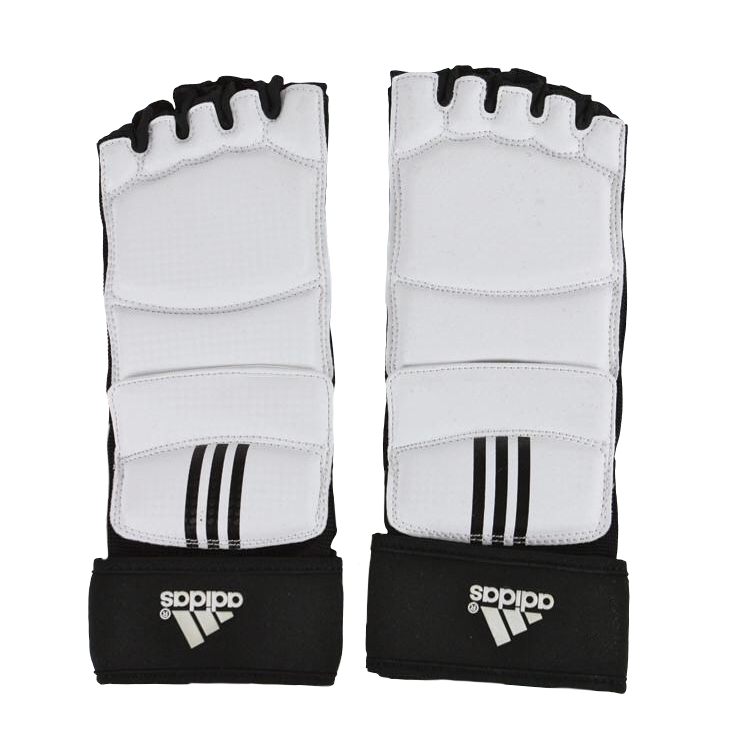
FOOT GUARDS
HIGH PERFORMANCE
For High Performance, competitors do not need to supply their own chestguard and helmet; they are provided electronic versions at the venue. They will have to bring their own electronic foot guards which allow them to score on the provided equipment.
POOMSAE COMPETITORS
Poomsae competitors only need to be in their uniform and belt. In High Performance poomsae divisions a competitor may wear specific poomsae uniforms, but for Recreational poomsae this is not necessary
ADDITIONAL THINGS
In addition, all competitors should pack a water bottle and some small snacks. It is also recommended to bring an athletic jacket (or similar) they could wear to stay warm after their warmups.
DAY OF THE TOURNAMENT
Everything you need to know
All tournaments follow a schedule, usually published online beforehand. Some tournaments run behind schedule due to a high volume of registrations. Expect a 30 -60 minute delay if you’re scheduled to compete in the afternoon. UTTO athletes usually travel to the tournament venue in groups, depending on the route taken. We normally take the TTC or other public transit; sometimes, due to volunteering for the tournament host, our transportation may be subsidized (e.g. the club takes an Uber to the venue in the morning). For the majority of tournaments we try to arrive an hour earlier than the earliest listed competition time; this is to account for any travel delays and to have sufficient time to warm up.
Upon arrival at the venue, competitors should sign in right away, and spectators may purchase their pass. At this point, depending on the schedule, we may either take a short while to rest and relax, or immediately change into our gear and start warming up. The announcer will call divisions over the PA. They will state the age, belt, and gender for the division- as well as if it is a Recreational division, or High Performance. This may sound like, for example: “Now calling male colour belts, 18 and up, to the marshalling area.” Be on the lookout for these announcements!
Once you’ve been called up, grab your gear (if doing kyorugi), let your coach know, and head to the marshalling area. This is usually a small ring that has been set aside to gather competitors, but may also be a separate room, depending on the venue. Wait here with your division. A referee, or a tournament organizer will lead you as a group to the ring you will compete in.
At the ring, the referees will determine what order to proceed in. Usually poomsae is done first, but this is not always the case. You may also be put into sub-divisions if there are a lot of competitors. The referees will try to match people with a similar build to each other, as well as do their best to ensure you will not spar somebody from the same dojang. This process is called “treeing up” and will also determine the order of the matches. You will also be assigned the colour chestguard you should wear for your match (red or blue). Note that this is mainly for Recreational divisions. High Performance divisions enforce the weight divisions more strictly, and poomsae and kyorugi rings are organized separately. In Recreational matches, the format is usually single elimination. If you lose one match, you are out.
The referee will let you know if you are “on deck.” This means your match will begin after the current one. When you hear this, make sure your coach can be at the ring by the time you expect to begin. You should never compete in kyorugi without your coach at the ring. Either ask the referee to delay your match, or grab someone who you trust to coach you! A command of “chung, hong!” will call you into the ring. This corresponds with the colors the competitors wear: “chung” stands for blue, and “hong” stands for red.
At the start of the match, you should bow to your opponent and their coach, then put on your helmet. At this point the referee will start the match. After the match, make sure to bow to your opponent, and shake hands with their coach. The medal ceremony will take place for the whole ring after every competitor has finished their rounds.
RULES OF THE GAME
The basic rules change from time to time, with adaptation applied to different levels of competition. A summary of the most recent iteration is as follows.
Recreational participants are required to bring the following:
- Helmet
- Mouthguard (get your own! NEVER share!)
- Forearm guards (club has some for members)
- Gloves
- Chest protector (club has some for members)
- Groin protector (bring your own!!!)
- Shin guards (club has some for members)
High performance participants should bring the items mentioned above. However, electronic helmets and chest guards will be provided at the ring.
Points are valued as following:
- 1 point: punch to the front of the chest protector
- 2 points: a straight kick (roundhouse, cut kick, etc.) to any part of the chest protector which has colour on it
- 3 points: a kick to the head (High Performance only)
- 4 points: a spinning kick to the body (back kick, tornado kick, etc.)
- 5 points: a spinning kick to the head (High Performance only)
Round length, and the number of rounds, is determined by the tournament organizer. Recreational matches may range from 2 to 3 rounds, with a duration of 45 seconds to 90 seconds per round. High Performance matches tend to be 3 rounds of 90 seconds.
A single point can be awarded to the opponent when a competitor commits a foul (gamjeom), which commonly consists of:
- Striking outside of the scoring area (e.g. kicking below the waist, or punching to the throat)
- Lifting a leg with no intention to strike
- Moving back more than three times without striking/moving forward
- Stepping one foot out of the ring
- Pushing an opponent when they are kicking (note: pushing opponents is now permitted in general)
- Grabbing/throwing an opponent
- Disobeying the referee
A competitor can be penalized up to 10 gamjeom, at which point they will forfeit the match by default. A competitor who is knocked down and unable to stand up, indicating their ability to continue the match by the end of a 10 second count will be declared unable to finish the match, forfeiting it by default.
A competitor should be familiar with several Korean terms and their meanings.
- Hong: the Korean term for Red, used to call up the red-wearing competitor to the ring and to specify awarding of penalties and missed points.
- Chung: the Korean term for Blue, used to call up the blue-wearing competitor to the ring and to specify awarding of penalties and missed points.
- Charyeot: Attention
- Geyongrae: Bow
- Joonbi: Ready
- Sijak: Begin
- Geuman: Stop
- Galyeo: Separate (used by the center referee to separate competitors from a clinch, or to pause the match for any reason)
- Gaesok: Continue (used by the center referee to continue a match after Gaesok, or at the beginning of the 2nd or 3rd round)
- Gamjeom: Penalty point
